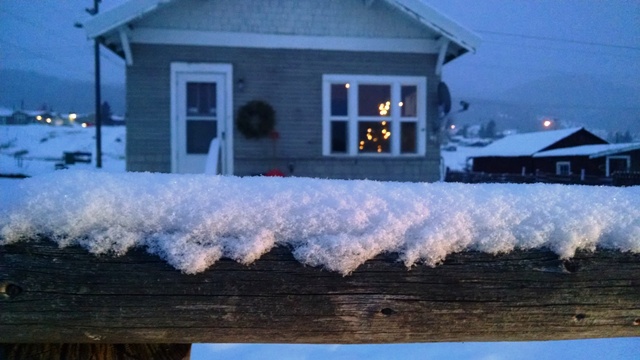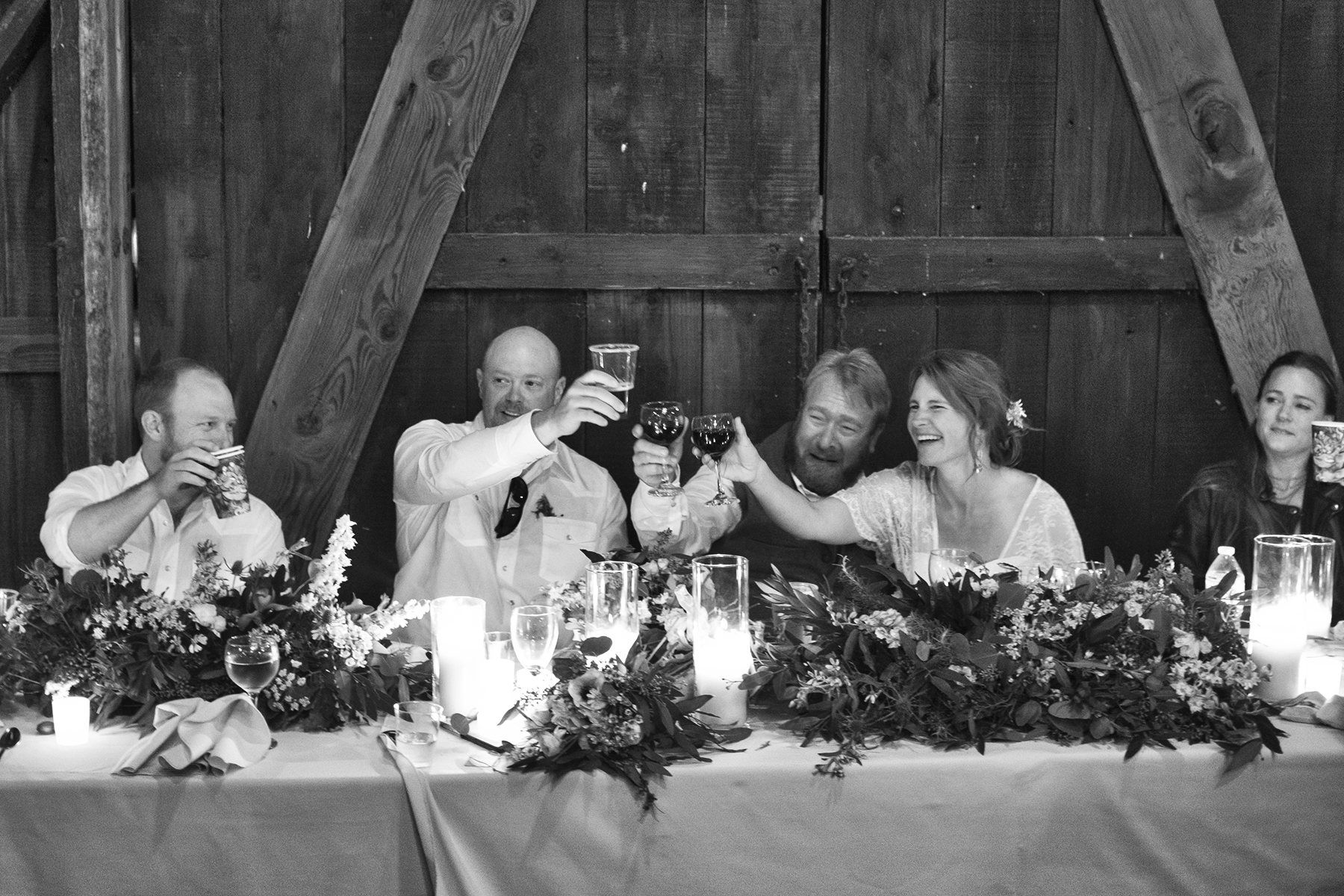Just over a month ago, I had what felt like a really crazy dream.
It was the kind of dream everyone has had at some point, where distance, dimensions and time fall away, and all these people in your life collide in one place.
This is how the dream went: I woke up at a beach in California on a Friday morning, surrounded by friends I had known from pockets of the world over 39 years. We buried our feet and the palms of our hands in the sand, sunglasses on, bleary, happy and disoriented to wake up in this place that was completely other from the Northwest autumns and Southern hemisphere springs we had just driven or flown in from the night before. We made coffee, went swimming in the Pacific, marveled at sun – not rain; not snow – on our skin, then we packed up our sleeping bags, roll mats and tents and went to Ellen’s Pancake House in Buellton for breakfast and ordered all the things – waffles, biscuits and gravy, blueberry pancakes, Danish sausage – we would have pointed to on the menu when we had each just gotten our driver’s license in 1994 and learned how easy it was to ditch Phys ed.
Then suddenly we were all on this plateau as the sun was setting over the oak trees, vineyards and the hills where I was first taught how to ride, on a quarter horse mare named Lucy. I was eating perfectly barbecued tri tip, drinking wine from the vines around us, and all the same people were there, plus more, and so was the man I loved and both our families as the sun finally disappeared.
And then, just as suddenly, we were all at the Maverick, which hadn’t changed since two high school reunions with Cristi Silva by my side, who was still by my side, as the same dollar bills dangled from the ceiling above us and the same old guys propped up the bar. And there was a country western band, and suddenly I was line dancing with Kelli Ramsay, who I’ve slept next to under stars on both sides of the equator, then I was dancing with Andrea French, the hitchhiker I met in Ireland when I was 18. Wagon Wheel was playing – the same song Andrea and I danced to in a tent in Glenorchy four years ago when we ran into each other again, then rode horses the next morning through the same scenery Andrea had kept in two tiny photos in her wallet when I first met her on the Beara Peninsula in 1996. And Kathleen Sieck, who I’ve sat next to on piano benches and built imaginary worlds with since I was four, was right there too, and dancing with Madeline, who I last saw when I sat by her potbelly stove in a shed in Fiordland in 2013, wrapped in a blanket, eating stew as South Island winter rain pelted the tin roof. Then, weirdly, Chris in the Morning from Northern Exposure was hanging out in the background in a black cowboy hat pulled low, and Madeline was asking him to dance, while Kathleen two-stepped with Craig, the wrangler who gave me a ride home in Big Sky, Montana in his truck one December evening three years ago, and whose front seat passenger had been a fly-fishing guide/bartender with beautiful blue eyes and a deep, gentle laugh named John McKinnie, who opened the door for me when I got in and out; the same guy I was now slow dancing with in this bar in my hometown on a Friday night, and who I planned to marry in a meadow by an old barn on a friends’ ranch the next day.
Everyone always says weddings are a blur and that it goes by too fast to grasp – but really I don’t think I had any idea how true that was until November.
That long weekend beginning with family and friends arriving on a Thursday and spilling over into that beautiful, long Friday of gatherings that led to more gatherings and finally into a Saturday that I kept wanting to find a freeze button for, was full of so much love and beauty, I couldn’t stand it. I loved that along with Cristi – who as the maid of honor did everything from moving hay bales, to makeup the morning of, to putting together a most spectacular going away gift – I had Angie, who I first met in Europe after we had both left our small hometowns to travel for the first time; Whitney, my Los Olivos Elementary School bestie who met me for a weekend in New York City last October, where we toasted more than 33 years of friendship with jalapeno-laced cosmos on a rooftop below the Empire State Building after nearly dying in a bicycle taxi ride; Megan, my sister-in-law who lives just down the highway from us in Montana and puts all the strength and stamina she once used to jump out of planes and fight wildfires into raising two gorgeous, strong-hearted twin boys who carefully carried our $30 rings (that’s a collective amount) hand in hand with their dad; all while Kathleen sang so perfectly Patty Griffin’s “Heavenly Day” on her guitar at the front, as we walked towards an arbor of walnut and oak branches and eucalyptus she had spent that week collecting and putting together along with her mother, Maggie, one of my mom’s best friends who stepped in as wedding coordinator in the last months and saved us all, and Kathleen’s sister Anna Taylor who actually does this for a living and got roped into the chaos to cast her special magic over it.
At one point the day before I watched Anna organize us all, directing where the arbor should be placed as wooden benches made by a friend my brother went to high school with, were unloaded and placed on the grass. At the barn behind us, John, my dad, and my brother, Sean, were laying out the dance floor with Norm, the ranch manager. In Anna’s arms was her infant son, Wills, adopted just days before. She was no-nonsense and so chic as she gave directives with her one free hand, never setting Wills down, but all I could think of was the Anna I knew at age four, long before she became kind of a big deal in the wedding world, when she was my fierce, spunky protector at Garden House Preschool in Ballard and pushed a kid who was bullying me up against a wall, wild west style with both fists clenching the shirt under his chin, and told him to back off.
I had about a thousand flashbacks just like that during the weekend when I looked around at the beautiful send-off we were getting. Friends gave us so much of their time and talent to celebrate, it’s astounding to look back on. And their homes: John and Georgia Wiester hosted a wonderful rehearsal barbecue for us on their Buellton ranch on Friday night that welcomed in the wedding party. Ken and Bobbi Hunter were so kind to allow us to be part of a handful of friends and family who have had a wedding in a restored 1880’s barn on a Los Alamos ranch. My friend Rachel who married us, gently and joyfully coached us through the ins and outs of saying our vows and making sure we had all our paperwork in order. Jeff Sieck, Kathleen’s husband – brewed a hoppy brown ale and an Irish Red “Hold Yer Peace” beer in our honor that we toasted with (he’s not brewing professionally at this time, but he should be), and then MC’d the reception while he and Kathleen managed to still get their three beautiful daughters, Vera, Fiona and Clementine, into cowboy boots and gowns to be our flower girls. Long-time family friend Judi Bumstead made sure my husband was photographed weeping in both color and black and white; while Nick Kelly, Angie’s husband, and a breathtaking landscape photographer, made a special exception to do photos of a wedding; and my parents’ friend Julie Moss, as well as Cristi, and our friend Michelle, all graciously showed up with cameras and made sure that so many moments were captured in pictures and video.
And our parents: Steve and Doris McKinnie road tripped from Colorado and were there for the first dress fittings in August to silver polishing and walnut cracking for the pies on the dessert table in that final week. And my parents, Ken and Judy Hyndman who hosted such a beautiful and perfect day, taking care of so many details – outdoor toilets, insurance, catering, alcohol, heating lamps, manicures, hair, invitations, a surprise bagpiper after we said our vows, and took on so much stress – so that John and I could just roll into town and get hitched and be on our way back to Montana and life as we know it. People kept saying that I was the most relaxed bride they’d ever seen. There were a lot of people who shouldered the load that so we could be as chilled out and happy as we were that weekend.
In the final hours of Saturday night as I was saying goodbye to friends who were packing up and leaving, I looked back at the dance floor and saw John, double-fisted with bridal bouquets, dancing to California Love on a near empty floor, my brother going crazy in the background, both of them hands up to Dr Dre, and without even thinking about it much, the words for the first time, just came out: “And there’s my husband.”
It was a wonderful to be blessed and sent on our way. Both into a long honeymoon roadtrip up the West coast but also the life we are in on this dark December night, utterly other than where we were six weeks ago: Sturgill Simpson playing in the kitchen, Swedish meatballs in the slow-cooker, John reading one couch over, a Christmas tree we cut down last week off Black Pine Road shimmering with lights and ornaments in the corner – including the Joy sand dollar given to us as a wedding present – our new dog softly snoring on his bed on the floor, snow swirling outside the windows and -20 temperatures predicted.
I do feel the joy from the sand dollar ornament. There’s nowhere else I’d rather be right now.
(Below are a few pictures taken by our wonderful friends from the weekend. Top feature photo by Judi Bumstead).
WordPress Image Gallery Plugin
John also did a day by day travel log of our honeymoon- “How a fly fishing guide and a writer spend their honeymoon” – that you can find here, done partially so we can remember how we spent the honeymoon funds that were gifted to us by friends, as we veered off the initial itinerary a bit. Also for anyone getting married and too broke for a honeymoon: Traveler’s Joy. It’s game-changer for the nomadically-inclined.

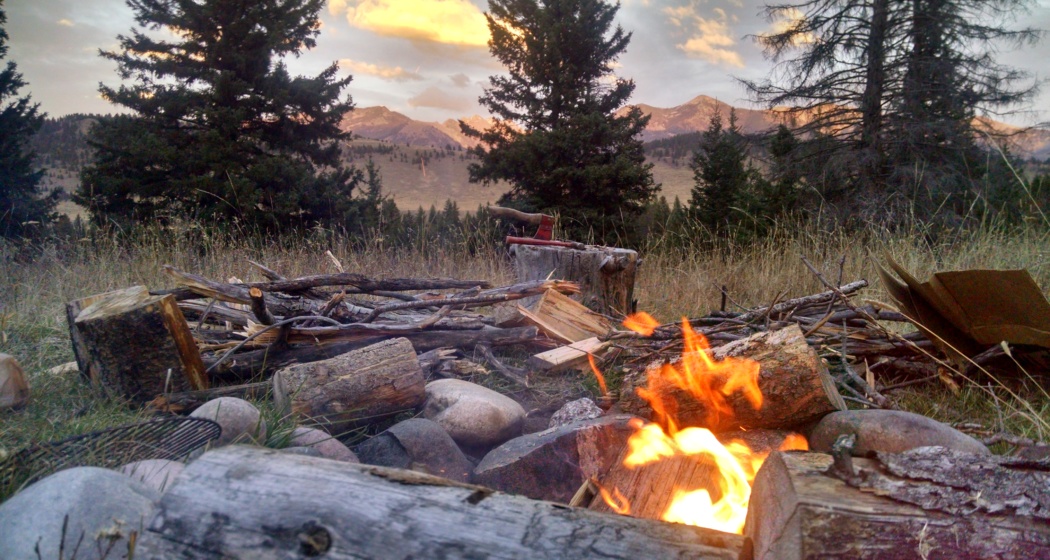
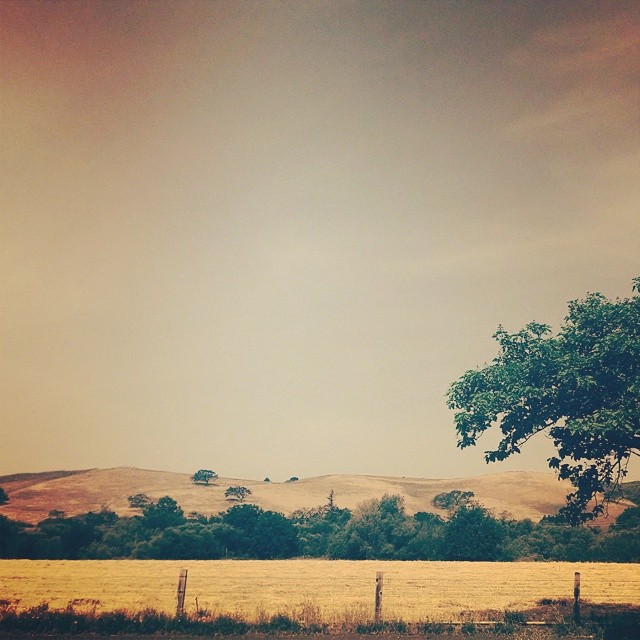
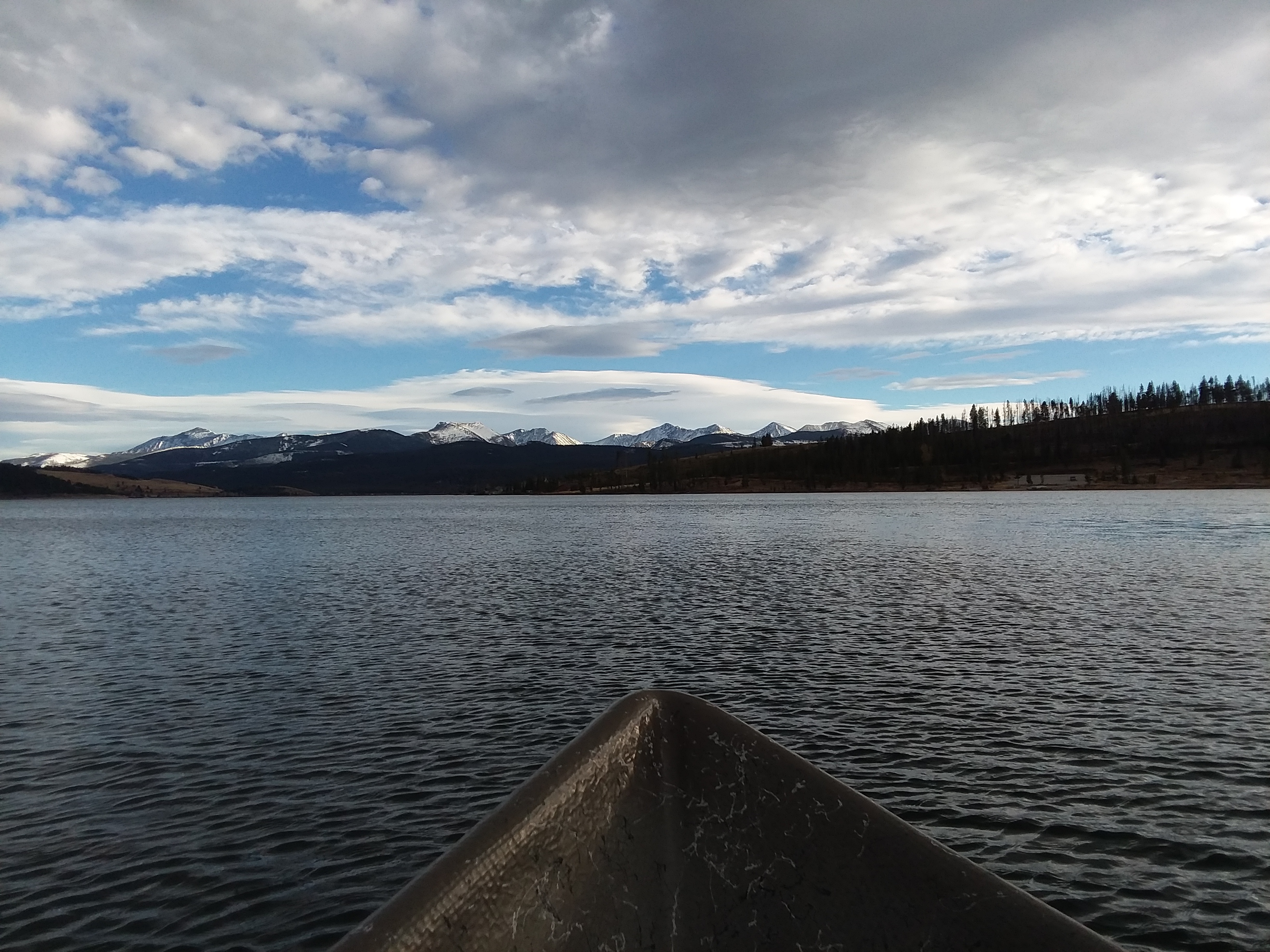
 My pillows are propped behind me and knees drawn up so this laptop is at the right angle to type away. And to my left, out a window still streaked with dog slobber, is my husband’s camper, tarped up in blue and frosted with last night’s snowfall. Beyond this are roofs with chimneys blowing out tufts of smoke, and then hills with trees heavy and dripping under drifts.
My pillows are propped behind me and knees drawn up so this laptop is at the right angle to type away. And to my left, out a window still streaked with dog slobber, is my husband’s camper, tarped up in blue and frosted with last night’s snowfall. Beyond this are roofs with chimneys blowing out tufts of smoke, and then hills with trees heavy and dripping under drifts.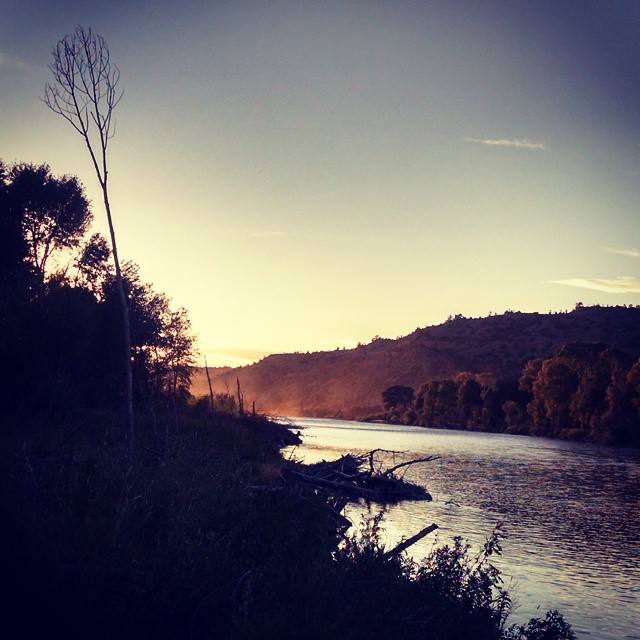






 with my husband to work in the evenings has become my favorite block of time this winter.
with my husband to work in the evenings has become my favorite block of time this winter. Twenty-one years ago, I got a job washing dishes in a hotel on the Croatian coast, in a small resort town called Crikvenica.
Twenty-one years ago, I got a job washing dishes in a hotel on the Croatian coast, in a small resort town called Crikvenica.